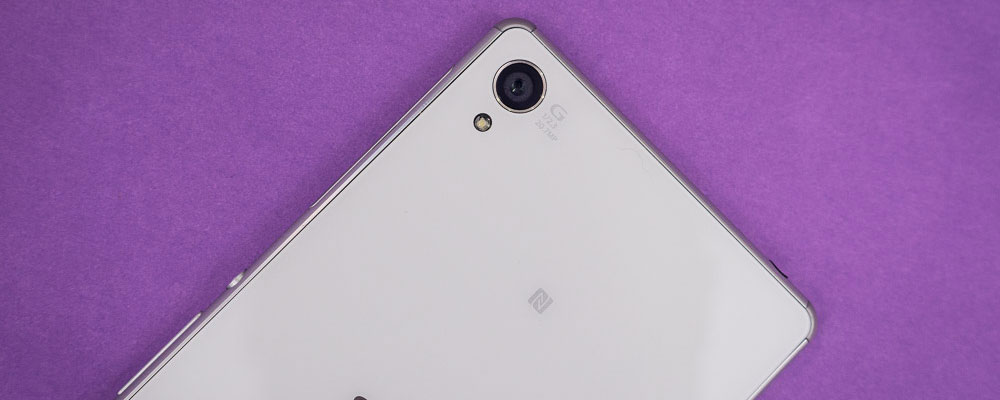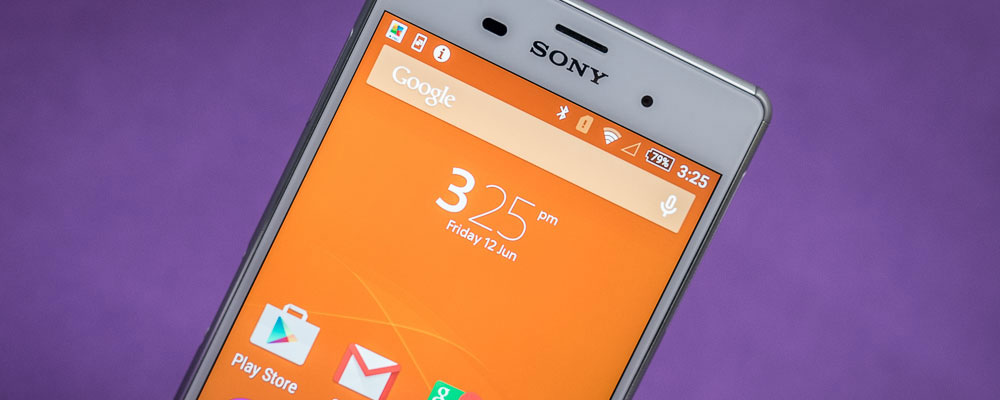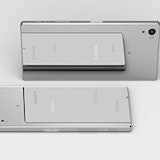
A recent article over at PhoneArena references a source revealing that the upcoming expected Sony Xperia Z5 announcement will not only feature the Z5 and a Z5 Compact, but also a Z5 Premium with a 5.5 inch 4K display.
The 4K, AKA ‘Ultra-HD’ resolution (2160 x 4096) has been an elusive unicorn in the smartphone world. Numerous murmurings on the grapevine have suggested that it would make its debut with this smartphone or that, but none have proven true. Will the Z5 Premium be any different? Yes or no, the answer probably won’t matter for Sony.
| Need a new Android phone? Compare Android phone plans from Canadian carriers |
The short of it
Sony makes great screens already, but they’re often overlooked thanks to their lower resolution of 1080p (1080 x 1920). These days, if you’re not rocking 1440 x 2560 (AKA Quad HD) then you’re considered to be outgunned and outclassed.
This would be an easy problem for Sony to fix – after all it’s no stranger to display tech – but making the jump all the way up to 4K is nothing more than a classless marketing gimmick.
Get yourself two good quality screens, one 1080p and one Quad HD, and put one in each hand. You’ll be hard-pressed to spot the difference. It’s there, but unless you have better-than-average vision you probably wouldn’t see a compelling reason to pay more money for one over the other.
The mobile screen industry is reaching the point where the human eye really can’t detect much better (Apple would have you believe we reached that point in 2010 with the Retina Display, but that’s just not the case). If telling the difference between 1080p and Quad HD is difficult for some and impossible for others, the only conceivable reason to make the jump to 4K is marketing.
Big numbers grab attention, but forcing out a consumer product based on big numbers alone often results in a poorer-quality product than if you’d stuck with more-sensible benchmarks.
If Sony does opt to release a 4K “Xperia Z5 Premium”, you can expect its display to be lacklustre. That won’t stop people buying it based on its impressive resolution alone, but it won’t generate customer loyalty or do much of anything to improve its reputation in the mobile market beyond the initial marketing hype.
Same old problem

In Sony’s ideal world, its mobile division would be bumping heads with the likes of Samsung; in the cold light of day it finds itself stuck in the lower leagues. This is in part thanks to the stranglehold Samsung and Apple acquired early and have managed to maintain over the public’s consciousness, but certain recurring flaws in Sony’s product line cannot be ignored as a contributing factor.
These flaws are like an itch; they begin small, with a manufacturer falling only slightly behind in one aspect or another. The itch grows when the shortcoming is not addressed with each successive generation. Finally, when a tipping point is reached, said manufacturer will often react with an over-compensation, focusing almost solely on hardware and big, marketable numbers on a spreadsheet, rather than a thoroughly thought-through improvement.
Walking the line
There is an unfortunate trend in the Android market presently, one that is focused on big numbers displayed on a spec sheet, rather than how a phone’s various features actually function during real-world use.
Go in to any store and ask which Android phone has the best camera; chances are you’ll be pointed at the one with the highest number of megapixels (MP). Which has the best screen? Why, the one with the highest resolution, of course!
This is not actually how you judge quality; Apple consistently releases 8MP cameras that trounce the 16MP and above offerings from most of the competition. A slap-dash Quad HD display (1440 x 2560) might seem crisp, but will have worse colors and vibrancy than a good quality 1080p (1080 x 1920) contender.
Manufactures must toe a fine line between offering those high specs, so as to appear to be top of the line at a glance in-store, but also provide you with a great user experience to ensure positive user reviews and maintain customer loyalty.
Samsung has learned to walk this line, as has LG and a handful other manufacturers. Sony is still finding its way.
Sony cameras, Sony screens

Sony has two main problems with its devices right now:
- Its cameras have too many megapixels, but aren’t actually very good
- Its screens have a ‘low’ resolution, but are actually fantastic
The first has not proved to be much of an issue in the online community. Reviewers and Sony fans alike often seem to tout the Sony Xperia line as being renowned for its 21MP picture quality. This creates an odd dichotomy between the online and real-world user. It has been my personal experience that Xperia owners are often happy with their phones overall, but are rarely satisfied with their cameras. In fact, I find it’s the number one complaint.
Sony needs to focus on more than just a large megapixel count in its cameras, and the longer it waits the further it will fall behind the likes of Apple, Samsung and LG.
Conversely, Sony Xperia screens are fantastic. They may sport ‘only’ a 1080p resolution; putting them behind the pack in terms of raw specs; but you wouldn’t notice the difference unless you held one side-by-side with a more densely-pixelated display. If you did you’d probably notice the superior fluidity and vibrancy of the Xperia before the resolution disparity became even remotely apparent.
Unfortunately, there’s that big-number issue. Either when researching online or asking in-store, you’ll be given the impression that Sony’s phone screens aren’t up to par because their boast a resolution that was high-end in 2013, but is now considered second-rate. This is why Sony needs to bump its core flagship up in resolution; not because it would be much better, but because it would help sell units.
That resolution does not need to be astronomical. Quad HD (2560 x 1440) would be perfect. This is the resolution employed in high end Samsung, LG and other Android flagships at the moment.
Jumping all the way up to 4K would be pointless. It would be unlikely that the user would fully appreciate the difference between Quad HD and 4K, but Sony would be making the sacrifices that always come with first-gen tech like this: decreased color vibrancy, worse contrast, poor visibility angles, low brightness and even light bleeding around the edges of the screen. On top of that 4K would require a monumental amount of power compared to a lower resolution – decreasing battery life noticeably.
With any luck Sony, and everyone else, will stick to Quad HD for the foreseeable future. 4K will undoubtedly be the standard one day, and then be surpassed by something even more ludicrous, but for now we’d get a better product if that R&D money were spent on battery, durability and camera improvements.
Original Xperia Z5 image by XperiaZ5Sony.com
Related Articles
Find Better Phones and Plans
Hundreds of cell phone plans unpacked. All the facts. No surprises.








































